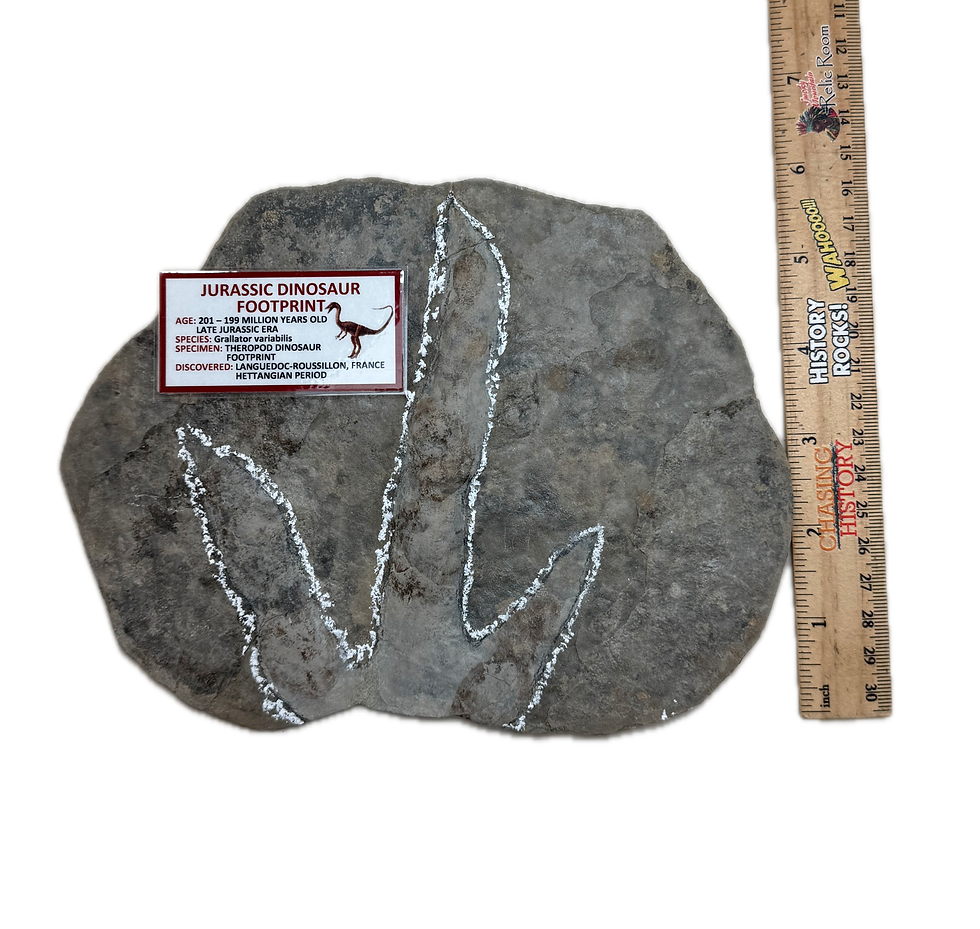Roman Votive Lead Mirror
Ca. 1st- 3rd Century AD
Discovered: Gaul, France
Roman votive lead mirrors were highly popular during the 1st to 3rd century AD in the Roman Empire. These mirrors, known as "ex-votos," were small, handheld objects that held immense significance in Roman religious practices. Crafted from lead, they were intricately designed with ornate decorations and inscriptions, reflecting the artistic and cultural flair of the time.
Votive mirrors played a vital role in the religious rituals of ancient Romans. They were often offered as dedicatory objects to various deities, such as Venus, the goddess of love, or Juno, the goddess of marriage and childbirth. These mirrors were believed to possess symbolic and protective powers, bringing good fortune, beauty, and fertility to those who presented them. Romans saw them as a means of connecting with the divine and seeking favor from the gods.
The design of Roman votive mirrors was carefully executed, showcasing the artistic skills of the craftsmen. They were typically circular or oval in shape, with a handle or loop for easy holding or suspension. The reflective side of the mirror was usually adorned with intricate engravings depicting mythological scenes, divine figures, or elaborate patterns. The reverse side often displayed inscriptions dedicating the mirror to a specific deity or commemorating a significant event.
Due to their widespread popularity and religious significance, votive mirrors were found in various locations, including temples, sanctuaries, and burial sites. Archaeological excavations have unearthed numerous examples of these mirrors, offering valuable insights into Roman religious beliefs, aesthetics, and social customs. Today, these votive mirrors serve as fascinating artifacts, shedding light on the religious and cultural practices of the ancient Romans.
top of page
SKU: HTRO8
$175.00Price
Related Products
bottom of page





















